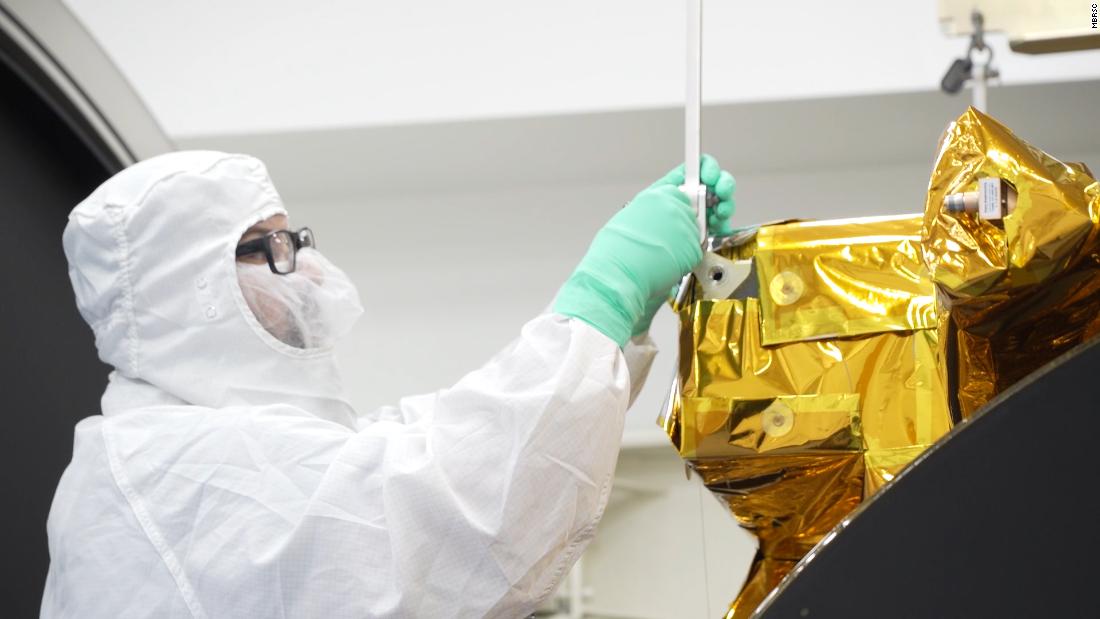
Three countries, the United Arab Emirates, the United States and China, embark on missions this summer, taking advantage of the biennial window when Earth and Mars are closer.
“This is the golden age of space in the UAE,” explained Fatma Hussain Lootah, manager of the team’s instrument science section.
“This is the moment when we decided to stand out in perhaps a sector in which nobody expected us to develop, because it is based on knowledge, it is very based on science.”
New Horizons
“The UAE government wanted to inspire young Emiratis to enter STEM (science, technology, engineering and mathematics) and wanted to use this mission as a catalyst for change in multiple sectors, which includes the academic sector, the industrial sector and the economic sector, “said Omran Sharaf, project manager for the mission.
To emphasize these intentions, the autonomous spacecraft was called “Al Amal”, which translates to “Hope” in English. The team believes that this gesture will resonate beyond the UAE.
“We all know that we are in a region that has problems … so when the Hope probe was called, it was a kind of symbol of hope, not only for the Emirati youth, for the youth of the entire area.” Lootah said.
“And just to give you hope that … this is a new era, this is an era where there will be science. There will be technology. There will be spaceships … anything is possible.”
Take off
The Arab world will see those ambitions fly when the probe is launched from Tanegashima, Japan.
Simply getting here was an impressive feat for the Gulf country. According to Sharaf, most missions to Mars take 10-12 years to complete. But scientists at the Mohammed Bin Rashid Space Center in Dubai had only six years to carry out the project.
If all goes as planned, Hope will spend an entire Martian year in orbit, or 687 days, analyzing hydrogen and oxygen levels. These data will provide unprecedented information about the atmosphere of Mars, which could help scientists better understand why the planet became uninhabitable.
But even though the probe is still seven months away from reaching Mars, Sharaf says the project has already been successful in the UAE.
“Since the mission was announced, we have seen the impact of the mission in different sectors. We have seen universities launching science programs that they did not have in the past … we have seen university students changing their specialties in finance and international relations with science. “
“So when it comes to the vision itself, we’ve already seen the impact.”
.